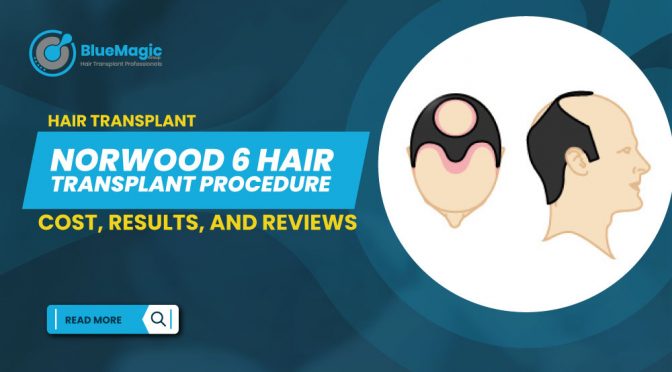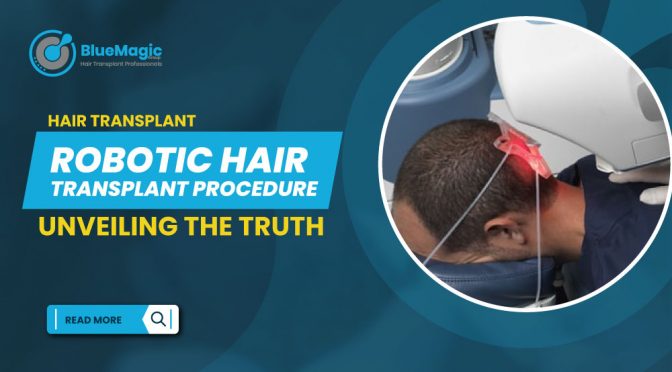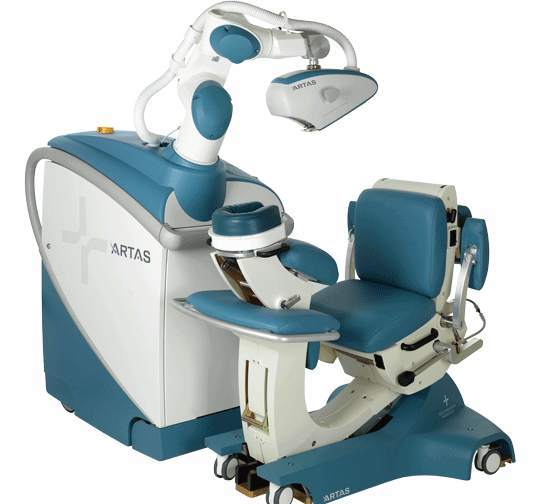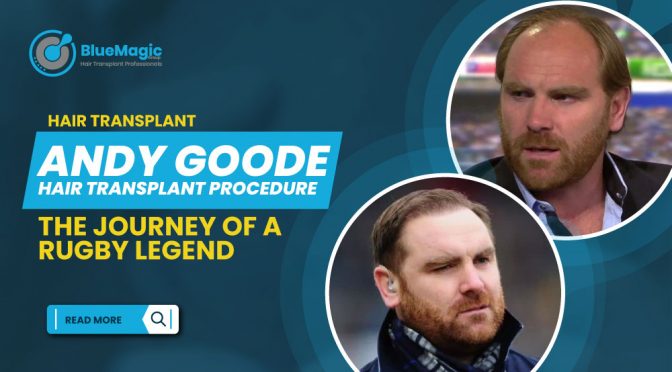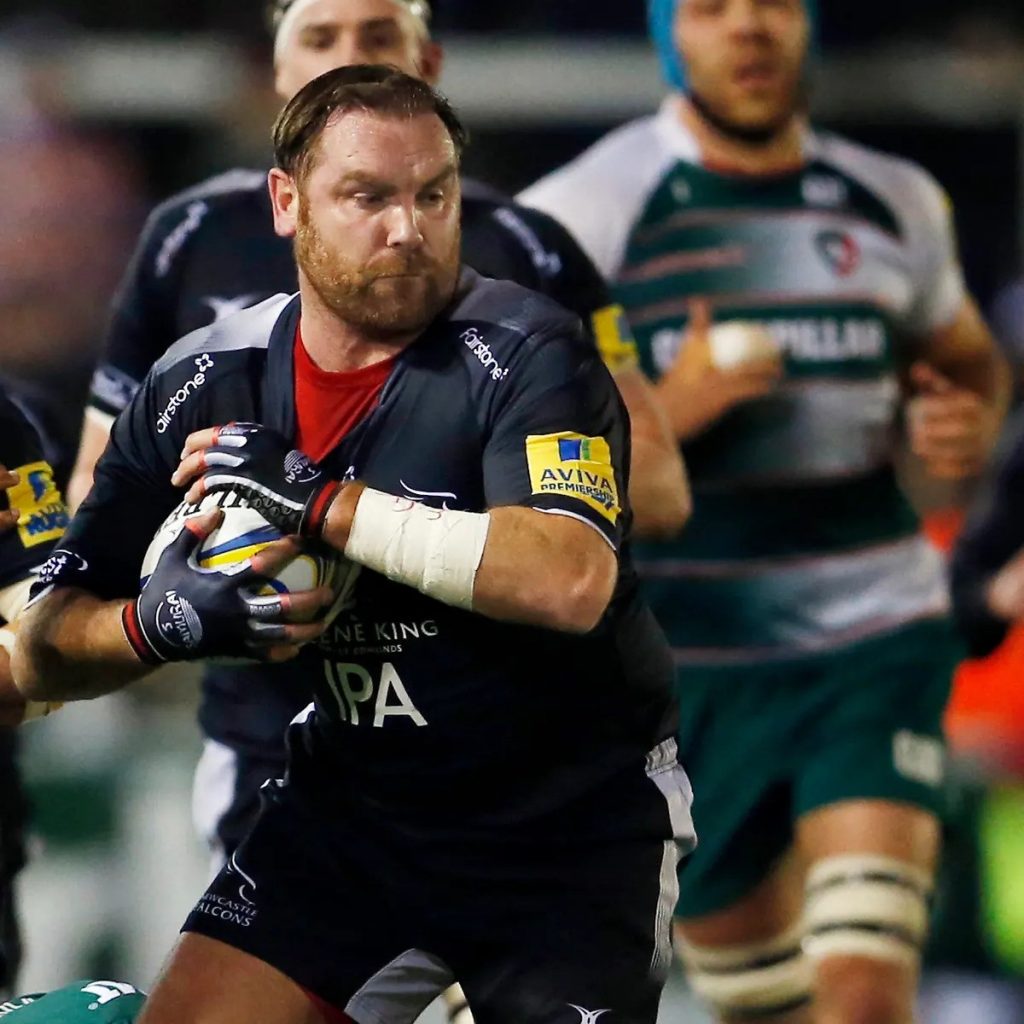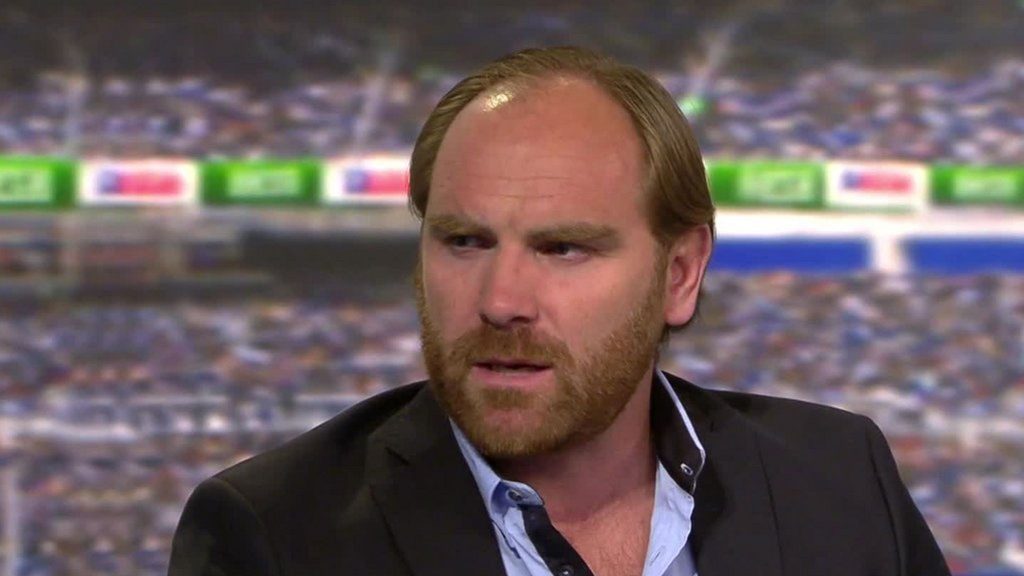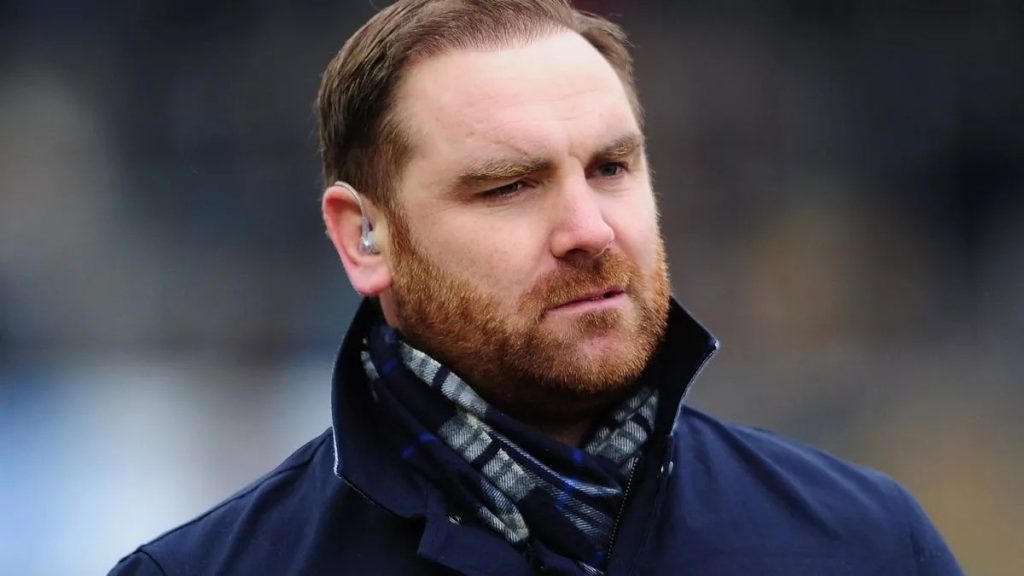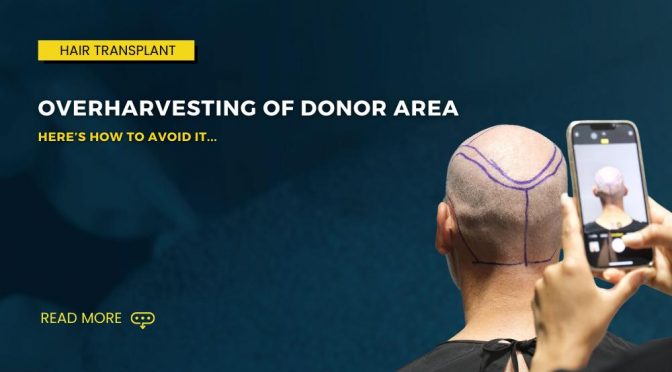Battling against the tide of hair loss, individuals at the Norwood 6 stage confront a significant challenge. A deeply receded hairline and a broad band of hair loss that traverses the top of the scalp. This advanced level of male pattern baldness not only affects appearance but can also influence self-esteem and quality of life. As hair transplant procedures evolve, those affected seek effective solutions to reclaim their lost hair, turning the promise of a full head into a reality.
For many, a Norwood 6 hair transplant represents a beacon of hope, promising a transformation that recaptures the essence of their youthful visage. As a delicate procedure necessitating the transfer of thousands of grafts, candidates must proceed with clear expectations and an understanding of the potential results and costs involved. This article dissects the intricacies of the hair transplant Norwood 6 process, delivering insights into patient preparations, recovery expectations, and genuine reviews to guide those considering this life-changing endeavour.
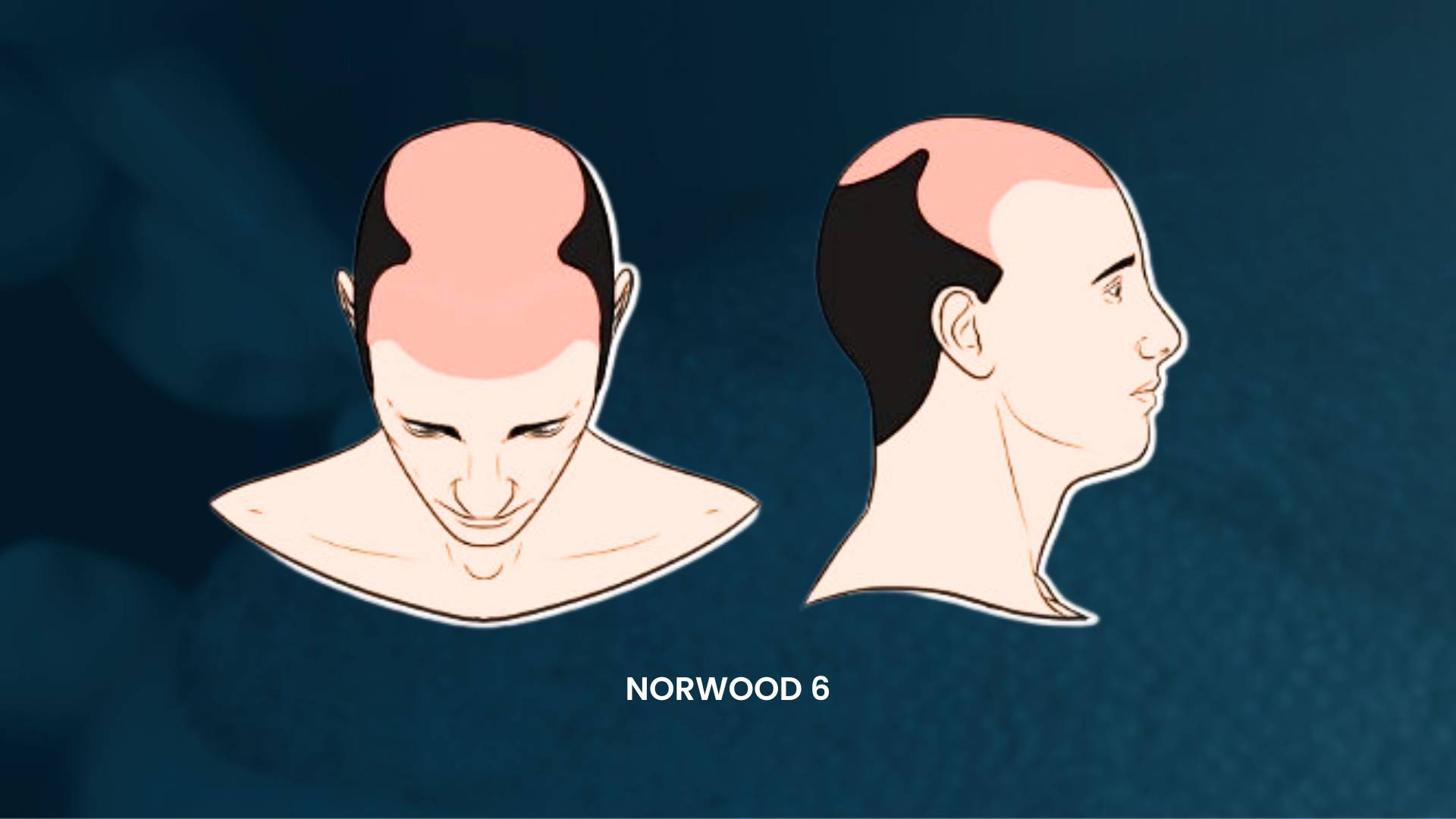
Understanding Norwood 6 Hair Loss
Norwood 6 hair transplant procedures address a critical stage in male pattern baldness. At this juncture, individuals experience a significant recession of the hairline, forming a distinctive “horseshoe” pattern of hair around the head. The top of the scalp is bald, and only a thin band of hair remains on the sides and back. Here’s what characterizes Norwood 6:
- Hairline Recession: The hairline moves markedly from the front to the back, leaving a bald top.
- Bald Area Connection: The bridge of hair that once connected the front to the crown is gone, merging the bald regions.
- Severity: It represents a progression from Norwood 5, indicating an advanced level of hair loss.
Treatment options vary, with hair transplant surgery being a viable method alongside medications like finasteride or minoxidil. However, the efficacy of these treatments can depend on the timing of intervention and the extent of hair loss:
- Hair Transplant Viability: While possible, hair transplant Norwood 6 outcomes hinge on the supply of donor hair.
- Natural-looking Results: The objective is to utilize available donor hair to achieve a natural appearance.
- Early Treatment: Medications are more effective when used early in the hair loss process.
For those considering a Norwood 6 hair transplant, understanding the stage and treatment possibilities is crucial for setting realistic expectations and outcomes.
The Science of Hair Transplantation
Hair transplantation is a surgical technique that tackles the issue of baldness by relocating hair from denser regions to areas experiencing hair loss. This process is particularly beneficial for individuals with Norwood 6 hair loss, where hair thinning is more pronounced. The procedure encompasses various graft types, including:
- Punch grafts: Contain about 10-15 hairs.
- Mini-grafts: Have 2-4 hairs.
- Micro-grafts: Consists of 1-2 hairs.
- Slit grafts: Inserted into slits created in the scalp.
- Strip grafts: Thin strips that are then divided into smaller grafts.
The steps of a hair transplant procedure are methodically carried out to ensure optimal results:
- Trimming the Donor Area: Preparing the site from which hair will be taken.
- Graft Removal: Extracting small pieces of hair-bearing scalp.
- Graft Placement: Carefully relocating grafts to the target area, spaced for circulation.
For those facing extensive hair loss, additional techniques such as tissue expansion, flap surgery, and scalp reduction are available. Recovery from the surgery requires:
- Gentle scalp cleansing.
- Gauze and possible pressure bandage application for 1-2 days.
Options for Norwood 6 Hair Transplantation
When considering options for a Norwood 6 hair transplant, patients must have a clear understanding of the procedure’s requirements and what to expect:
- Donor Area Requirements: A Norwood 6 stage indicates a large bald area and a significantly receded hairline. Successful transplantation hinges on the availability of a healthy donor area. Typically, a minimum of 4500 grafts is necessary to form a convincing and natural front hairline.
- Realistic Expectations: Patients should anticipate the need for a slightly higher hairline placement to ensure the results look natural and dense. In cases where extensive coverage is desired, up to 6000 grafts can be transplanted across two sessions.
- Post-Procedure Care: To preserve the hair transplant results, ongoing medication and Platelet-Rich Plasma (PRP) treatments are often recommended.
For those at the Norwood 6-7 stages of hair loss, the following considerations apply:
- Hair Transplant Feasibility: Transplantation is possible with good donor hair quality and expert surgical skills.
- Donor Hair Sources: If scalp hair is insufficient, a combination of scalp and body hair may be utilized, provided the patient is an appropriate candidate.
- Non-Surgical Alternatives: Hair additions and replacements serve as options for individuals ineligible for surgical or medical hair restoration.
The primary methods of hair transplantation for Norwood 6 cases are:
- Follicular Unit Excision (FUE): This involves transferring hair follicles from one part of the body to the balding area, minimizing scarring.
- Direct Hair Implantation (DHI): Hair follicles are collected from the donor area and directly placed in the transplant area without creating prior incisions.
- Innovative Techniques: In situations with inadequate donor hair, stem cell technology may enable the cultivation of a substantial number of hair follicles in a laboratory setting for transplantation purposes.
Incorporating these options into a Norwood 6 hair transplant plan can significantly impact the procedure’s success and the satisfaction of the patient with the outcome.
Preparing for a Norwood 6 Hair Transplant
Preparing for a Norwood 6 hair transplant is a critical step in the journey toward hair restoration. Here’s what potential candidates should consider:
-
Assessing Candidacy
- Suitable candidates have ample donor hair for the FUE method.
- Realistic expectations about the procedure’s outcomes are vital.
-
Understanding the Process:
- The surgery involves three stages: extraction, incision, and implantation.
- Potential side effects may include infection, scarring, or unnatural hair growth patterns.
-
Estimating Graft Requirements:
- A graft calculator can provide an estimate, typically between 4500 to 6000 grafts for Norwood 6.
- Various scalp areas can be addressed, including temples, hairline, and crown.
Pre-operative preparation is essential:
- Consultation: Engage with healthcare professionals to understand the procedure fully.
- Pre-Surgery Instructions: Follow all guidelines provided to ensure the best possible outcome.
Post-operative care is equally crucial:
- Aftercare Guidelines: Adhere to post-surgery care for optimal healing.
- Activity Restrictions: Avoid harmful activities that could jeopardize the grafts.
- Follow-up: Schedule appointments to monitor progress.
Financial considerations should also be addressed:
- Cost Analysis: Understand the costs involved, including different transplant types and available finance plans.
- Hair Loss Treatment: Consider the cost of ongoing treatments as part of the overall expense.
For advanced hair loss (Norwood 6-7), innovative solutions are available:
- Stem Cell Production: Laboratory techniques can produce additional follicles for transplantation.
- Permanent Results: Hair transplantation provides long-lasting solutions for adults, including young individuals with advanced hair loss.
By diligently preparing for a Norwood 6 hair transplant, individuals can enhance the likelihood of a successful hair restoration experience.
Recovery and Results Expectation
After undergoing a Norwood 6 hair transplant, patients can anticipate a recovery timeline that unfolds in distinct stages:
- Initial Recovery: Within 7-10 days after the procedure, the scalp should heal from the initial surgery, allowing most individuals to resume their usual activities.
- Observing Growth: The first signs of new hair growth typically appear around the 3rd month, marking the beginning of the transformation.
- Growth Milestones:
- 3-4 Months: Post-shock loss, hair begins to grow back steadily.
- 5-9 Months: You will see a significant improvement in hair density.
- 12 Months: Patients often see up to 80% of the final hair coverage.
Several key points:
- Shock Loss: This temporary phase may last up to 2 months, with hair growth resuming thereafter.
- Hair Characteristics: The transplanted hair will generally retain the same colour, texture, and growth rate as the original hair.
- Follow-Up Care: It’s crucial to attend post-operation check-ups and adhere to care instructions to prevent complications such as blisters or infections.
- Cost Considerations: The investment for a Norwood 6 hair transplant ranges from $4,000 to $15,000, influenced by the surgeon’s expertise, geographic location, and the scope of the procedure.
- Potential for Multiple Sessions: Depending on individual cases, the hair transplant specialist may recommend more than one session to achieve the desired density.
Patients need to understand that patience and adherence to post-operative guidelines are vital components of the recovery journey, ensuring the best possible outcome for their Norwood 6 hair transplant.
Conclusion
Through this comprehensive exploration of the Norwood 6 hair transplant procedure, we’ve delved deep into the intricacies of battling advanced hair loss. Our discussion highlighted the critical considerations of donor availability. Realistic outcome expectations and the importance of an appropriate surgical approach. Providing those affected with a clear roadmap towards regaining their hair. The shared experiences and reviews underscore the transformative power of the procedure, not just in appearance but in bolstering self-confidence and improving quality of life.
In conclusion, individuals facing Norwood 6 baldness now have a well-charted path to restoration. With options ranging from traditional transplants to cutting-edge stem cell treatments. The journey to recovery requires patience and a commitment to post-operative care. Yet the potential to achieve lasting, natural-looking hair growth offers a promising horizon. Those equipped with the right information and guided by skilled professionals can look forward to reclaiming not just their hairline but a fuller sense of self.
